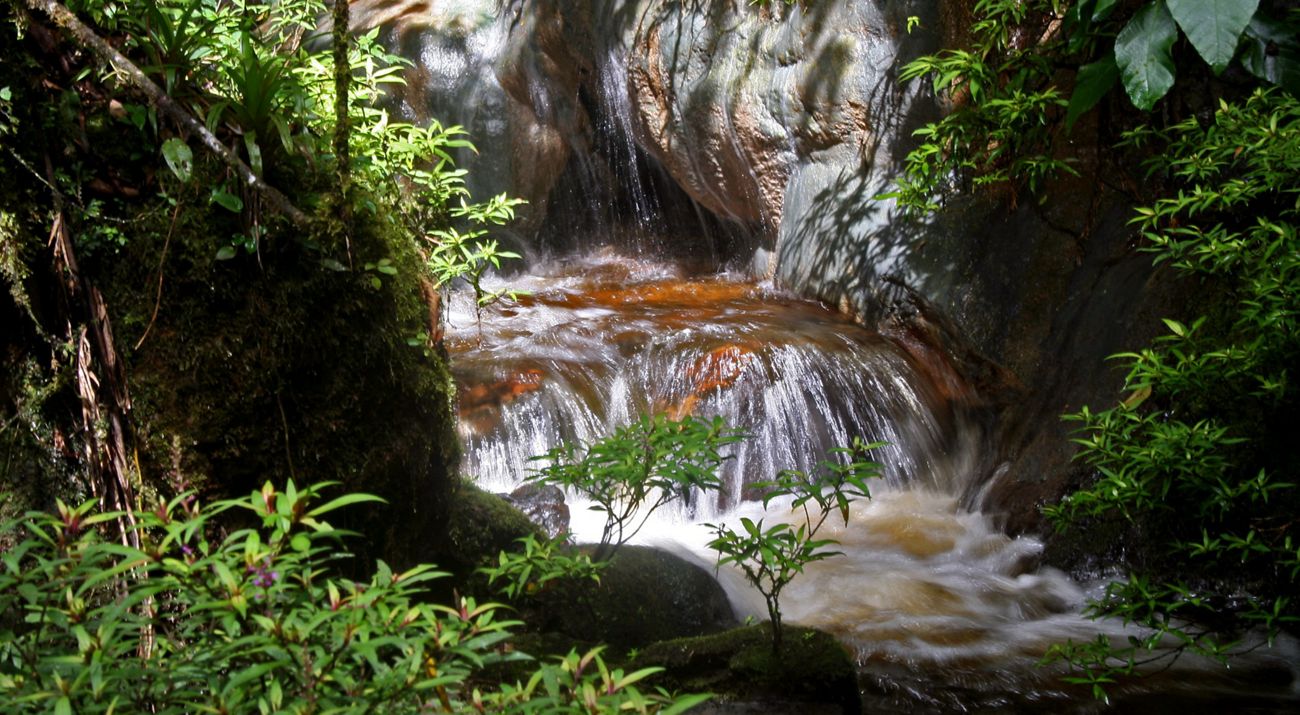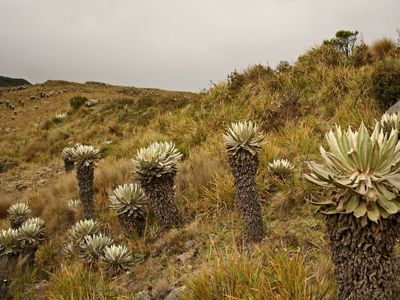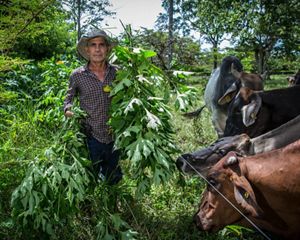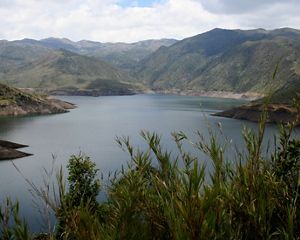
Protecting Water at the Source
Investing in nature to secure fresh water for Colombia’s most at-risk cities.
As Colombia’s population grows and becomes increasingly urbanized, more water is consumed every day. Rampant agricultural fields and cattle ranching threaten the pristine forests, paramos and rivers that naturally clean and filter the water of millions of Colombians.
Instead of paying for expensive industrial filtration, by financing upstream landowners to use sustainable farming practices and conserve/restore natural areas, The Nature Conservancy (TNC) protects water at the source, guaranteeing cleaner water once it reaches users.
By restoring critically important habitats that clean water at its source, we safeguard ecologically sensitive places and guide development towards sites with the least impact on nature. Through science and partnerships, we encourage innovative practices and policies like we have with our Latin America Water Funds Partnership. We partner with governments, local communities, indigenous peoples and industries, providing them with scientific tools that inspire collective action and help protect land and water.

In the Chingaza National Park, the paramos landscape is not only home to spectacular natural diversity (condors, endangered spectacled bears and golden eagles), but it also supplies most of the water that flows through Bogota, Colombia´s capital. Chingaza and its watersheds, as well as the two other systems that supply the city, are under pressure from human activity such as change in land use, deforestation and agriculture, and climate change. They need financial resources for their conservation and restoration.
Innovative strategies such as Water Funds ensure that water users compensate upstream communities for protecting forests, paramos and other lands that safeguard water that supplies cities. Water Funds not only protect water at its source, they also allow for improved water governance and concerted efforts by the various agencies that oversee water security.
To date, TNC has helped safeguard water sources for 16 million people with Water Funds in Bogota, Valle del Cauca, Medellin, Cali, Cucuta, Cartagena, Santa Marta and Cienaga.
First across Latin America, and now around the world, Water Funds are bringing together community groups, farmer, governments, businesses of all sizes and fellow environmentalists to scale up on-the-ground conservation with multiple benefits—water security, biodiversity protection, economic development and climate change adaptation.
Uniting all sectors, we are making water cleaner and less expensive for millions of Colombians.



